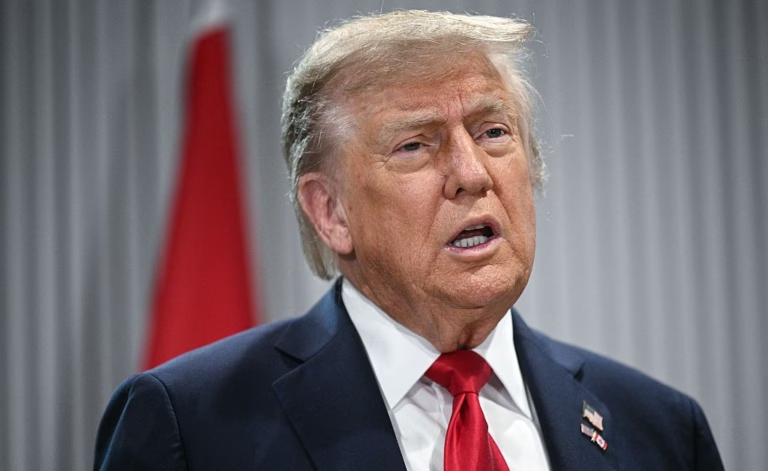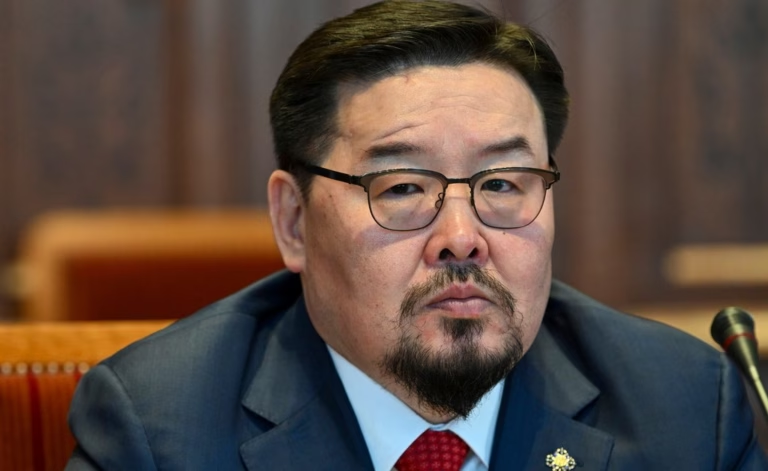From Sustainable Development to a New Economic Era
Since 2015, when the United Nations’ Sustainable Development Goals (SDGs) entered the global agenda, a torrent of initiatives, investments, and international gatherings aimed at stimulating change has come to light, yet the scale of progress in sustainability falls short against the robust forces that continue to imperil our ecosystems. The wealth created since 2020, reports Oxfam, has disproportionately favored the top 1%, with 62% of the global population scraping through life on under $10 a day, signaling an economic structure that cultivates wealth without equal distribution.
The current model, standing on the foundations of efficiency and automation, runs counter to the needs of a 21st-century world, wherein growth and development need to be tethered to sustainability. Introducing “Sustainomy,” an economic paradigm that intricately links wealth creation with equitable distribution, natural resource preservation, and technology advancement without overshadowing human potential.
Shifting the focus from artificial to “authentic” intelligence, this new economic blueprint recognizes the three pillars of capital—prosperity, people, and the planet—as interconnected elements that have traditionally been pitted against each other. Instead of deploying AI solely to cut costs and automate jobs, “Sustainomy” endeavors to create a synergy between human and machine intelligence, augmenting the latter without compromising the former, ensuring that technological progress enhances human expertise.
A balanced portfolio approach to industries, categorized into infrastructure essentials, volatilities, declining sectors, and next-generation solutions, forms the economic resilience strategy. It advocates for a system that allows for innovative sectors to thrive while managing the inevitable transitions of legacy industries without causing economic disruptions.
Unlocking the potential of the global middle class, who are the backbone of market demand, is explored via market creation that values the three Ps—prosperity, people, and the planet—at every level. At the bottom tier, focus on education, financial access, and skill development aims at empowering underdeveloped countries and low-income individuals to actively contribute to sustainable growth.
To transition into a “Sustainomy”-aligned economy, a multifaceted, cooperative approach involving systemic changes in economic policy, market structures, and organizational practices is necessary. An overhaul of corporate strategies and operations is imperative for businesses to transform into resilient, impactful, responsive, and adaptive brands.
This outlined path is not an overnight transformation but a viable roadmap towards an inclusive economy that values people alongside profits and the environment as much as growth and prosperity. The success of such an economy doesn’t solely rest on the volume of wealth created but on how fairly it is shared, how responsibly it is generated, and with what sustainability it is maintained. This is the crux of fostering an economy that benefits not only individuals but the collective—our community and the planet Earth itself.
Source: https://time.com/7275422/sustainable-economic-growth-sustainomy/







